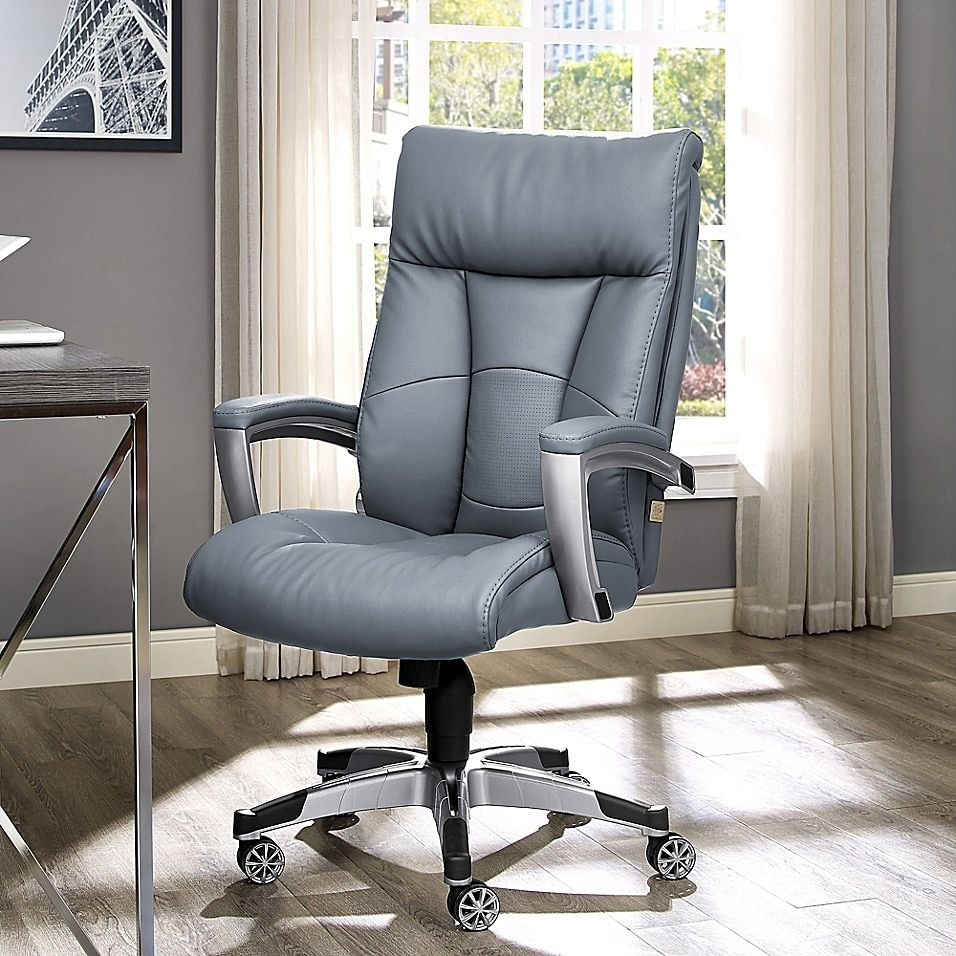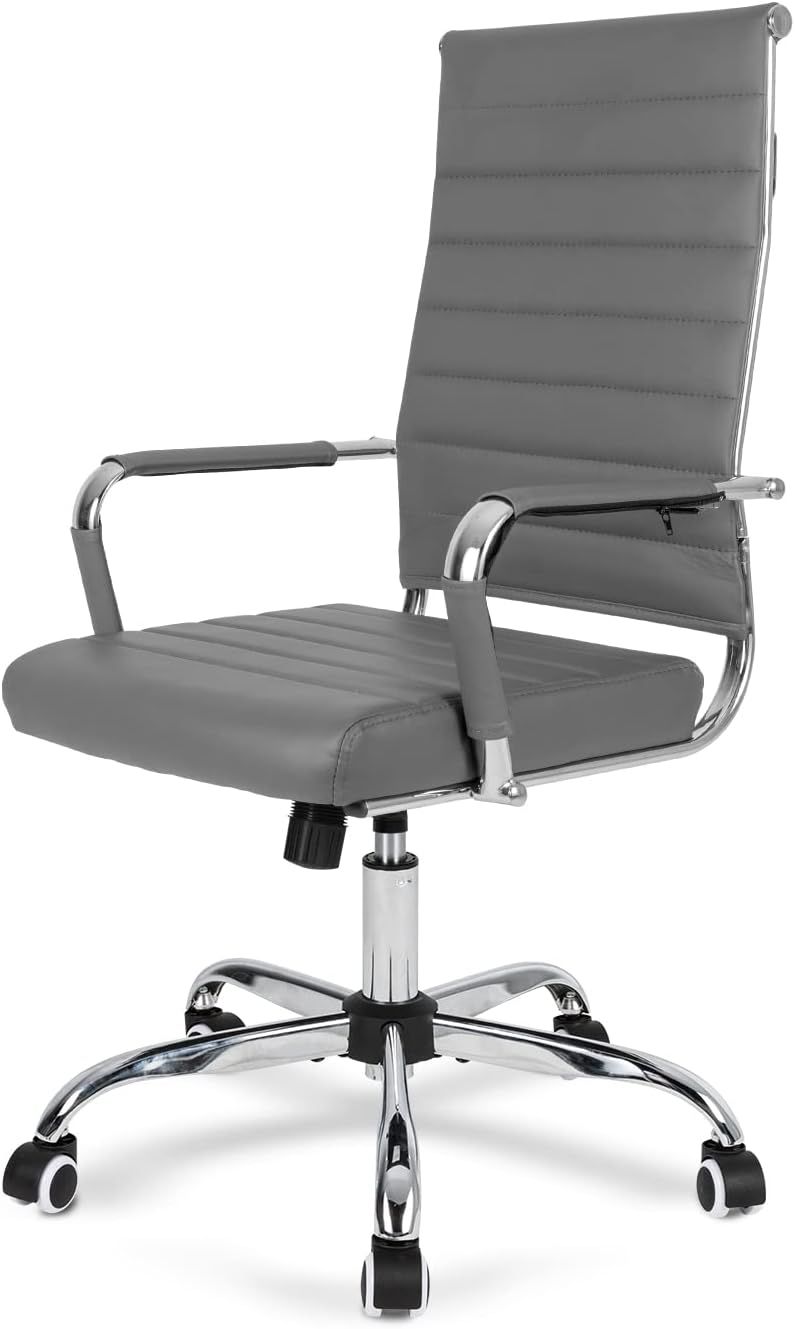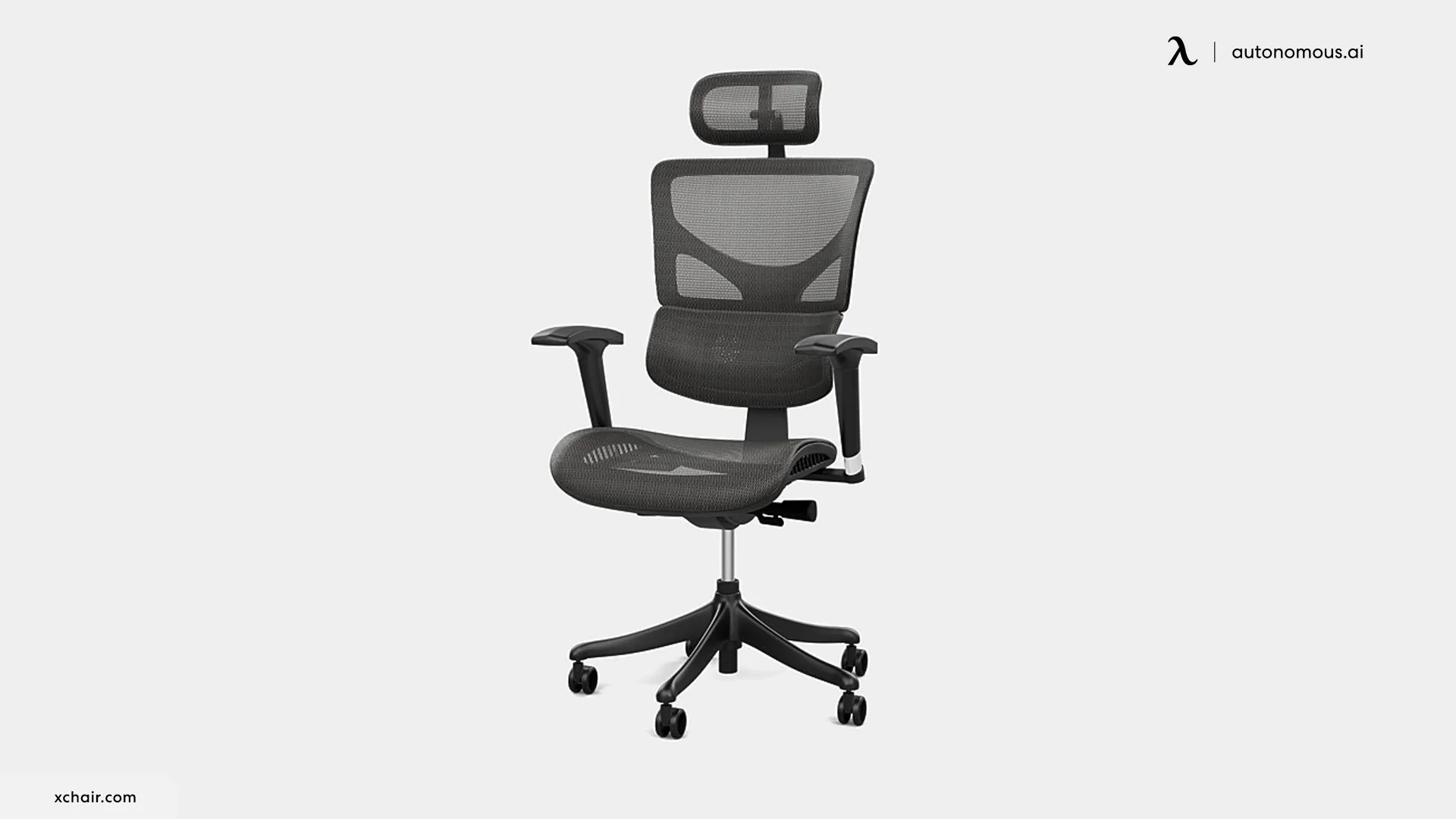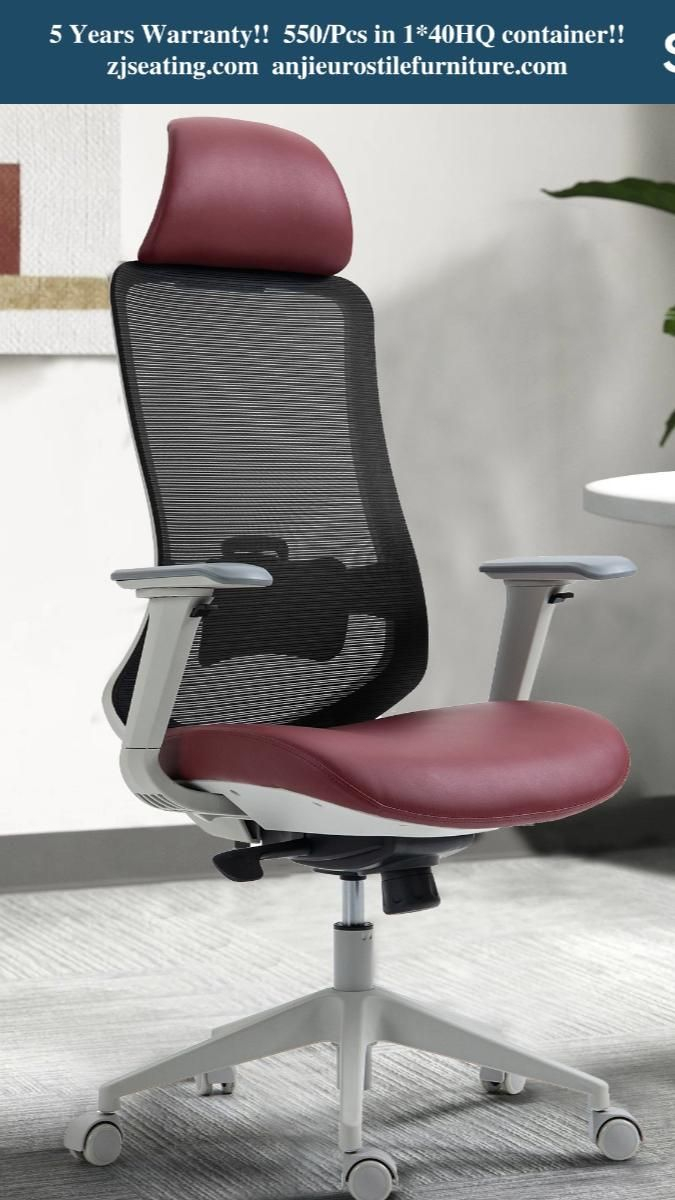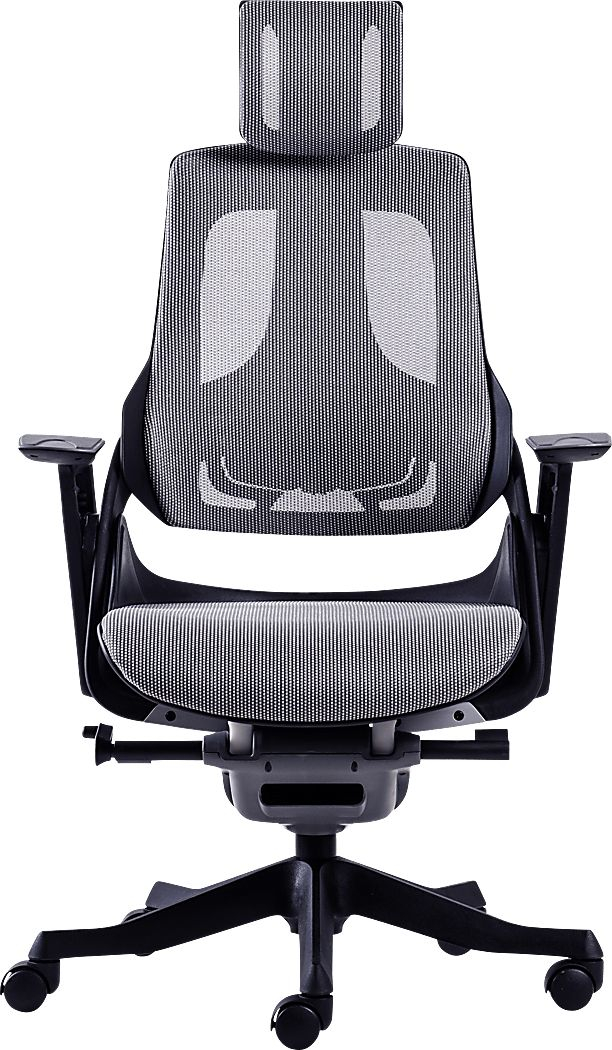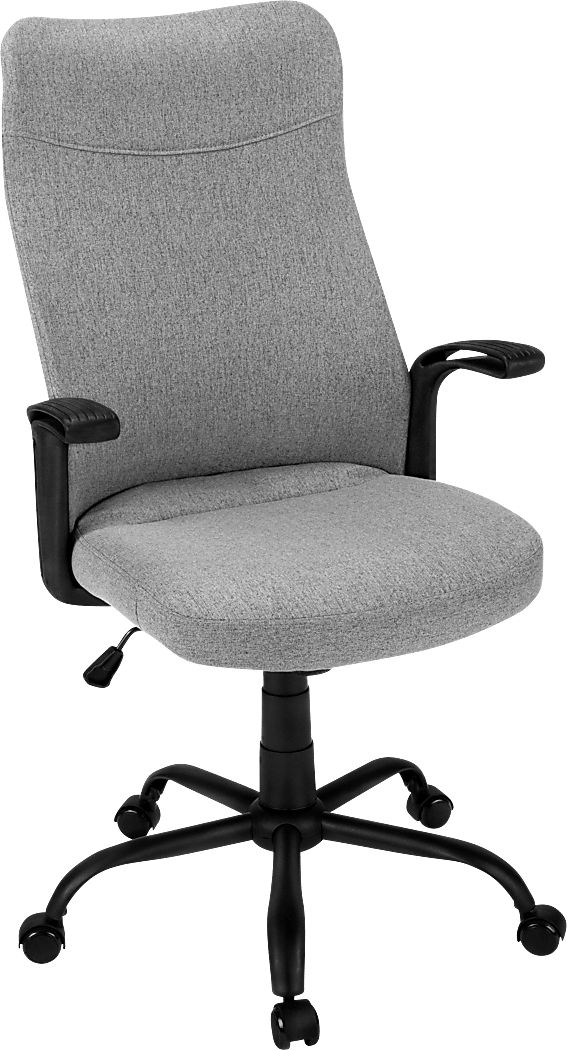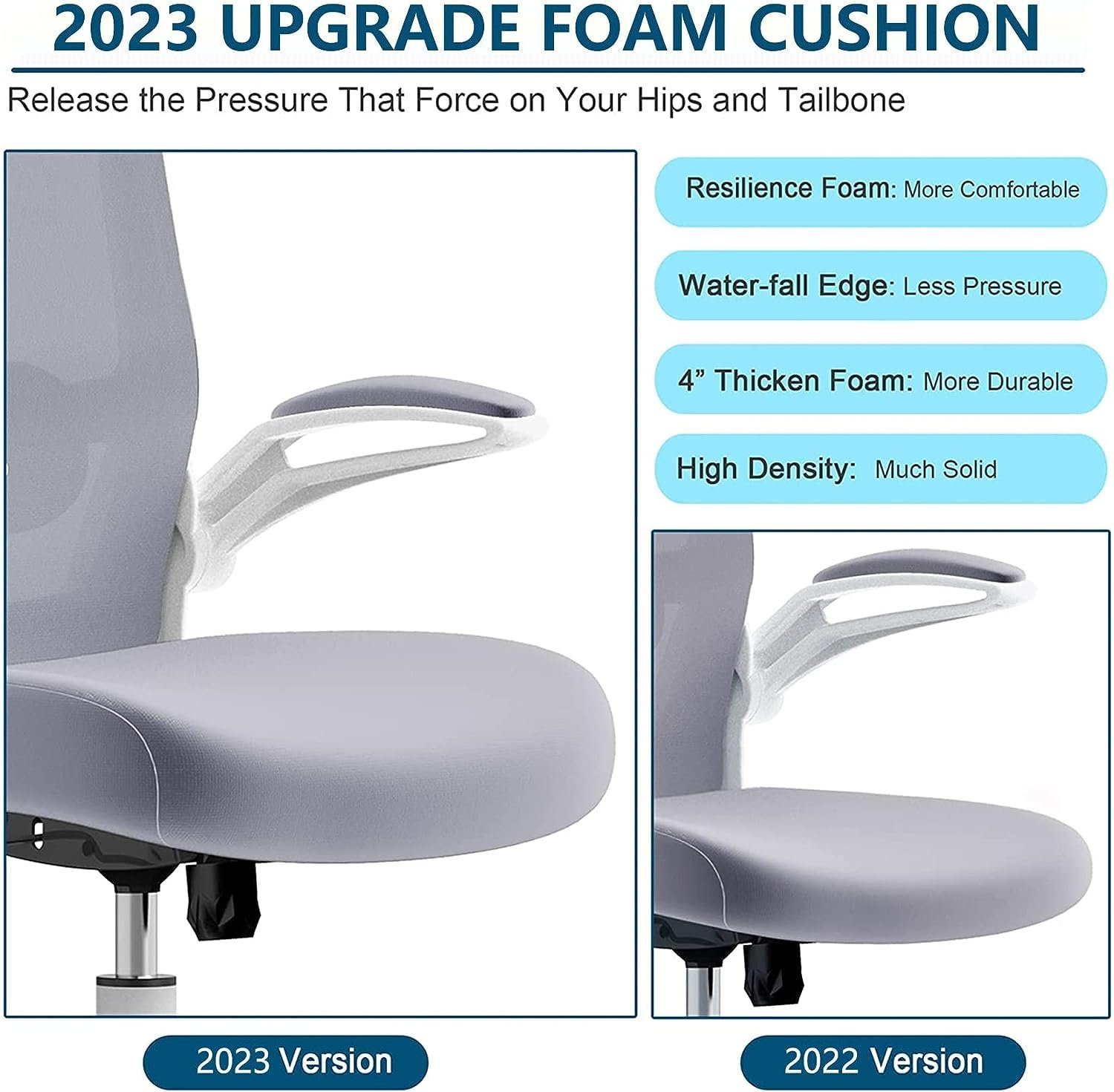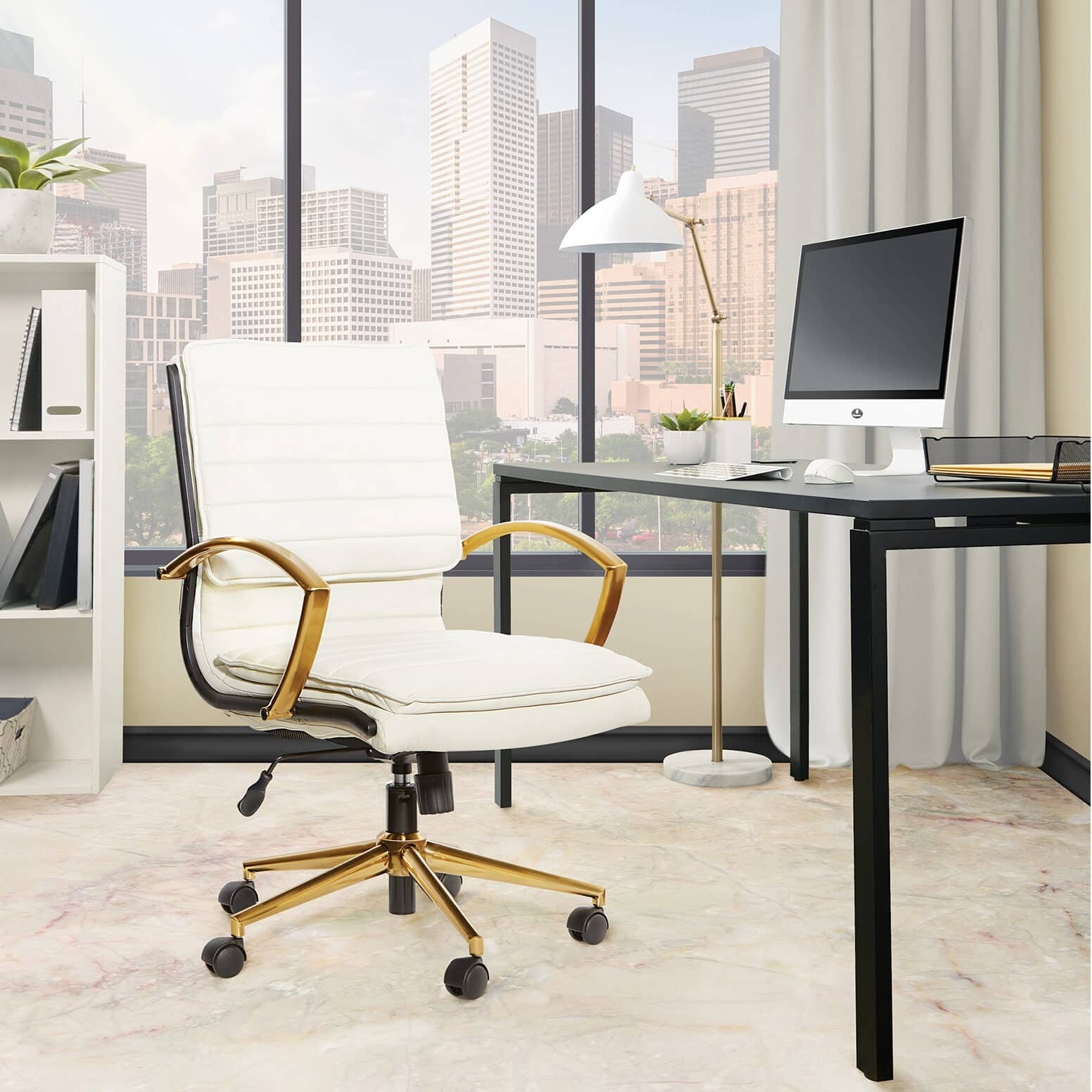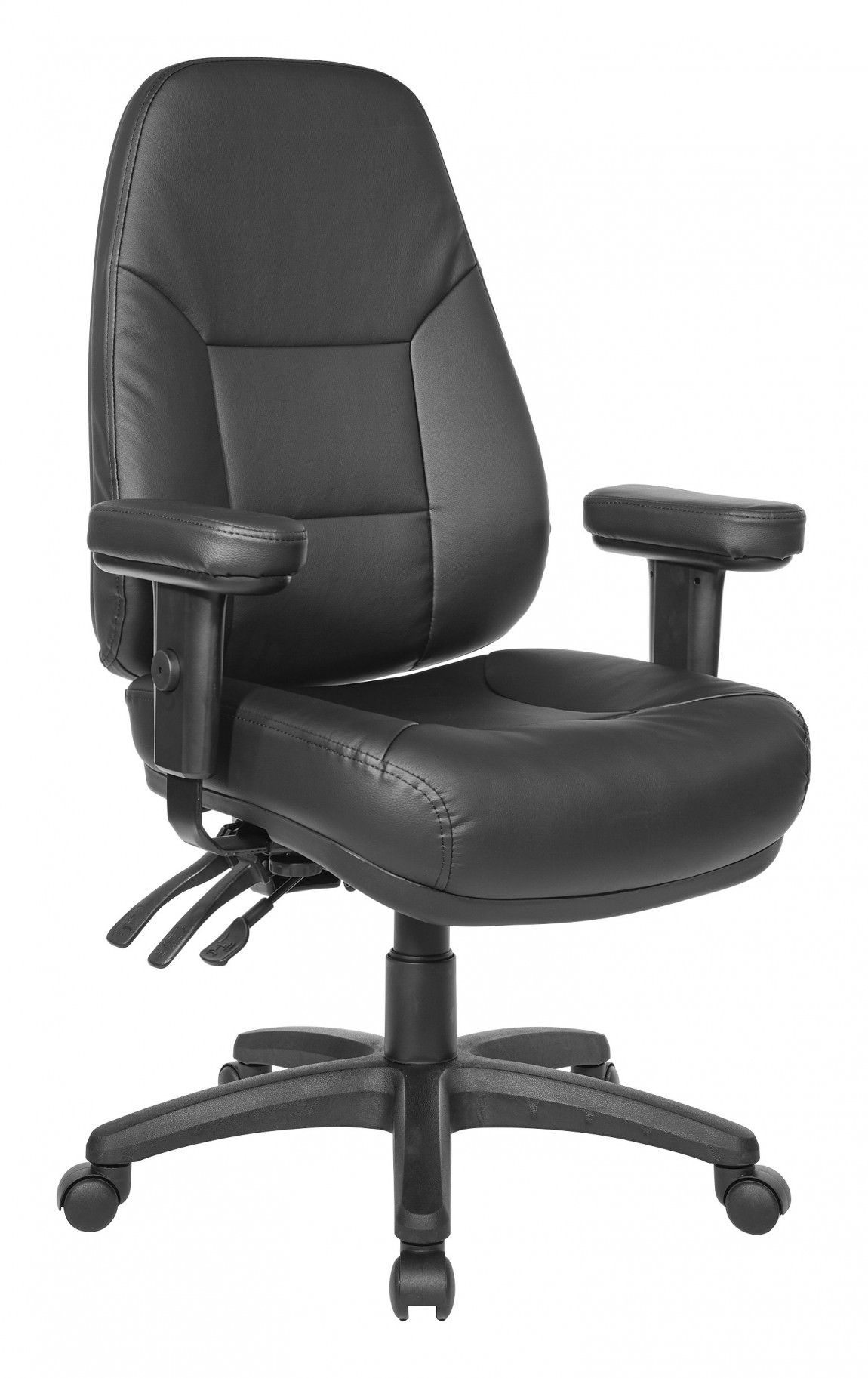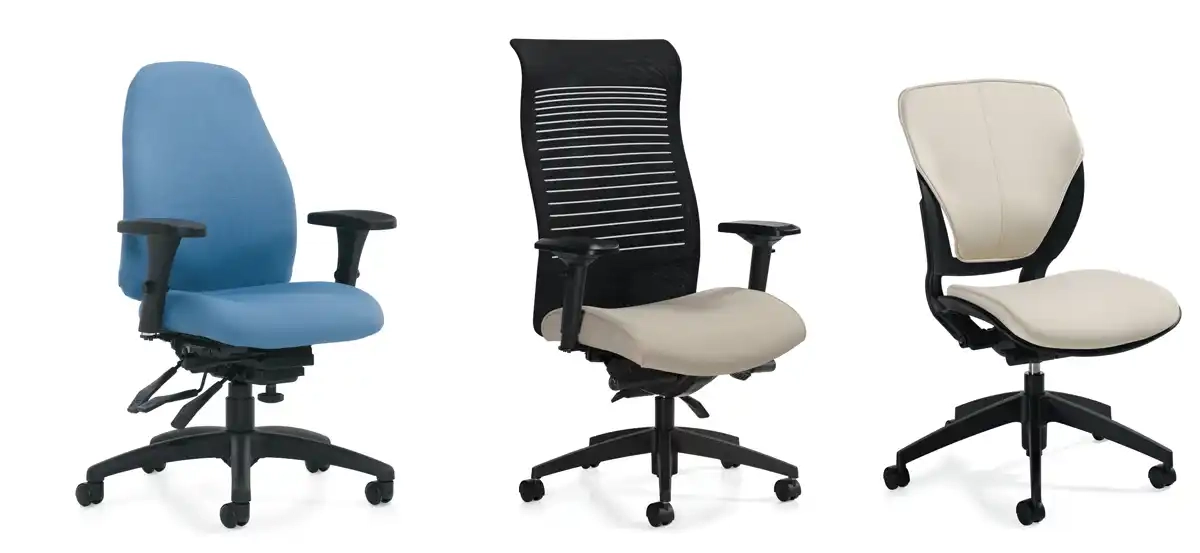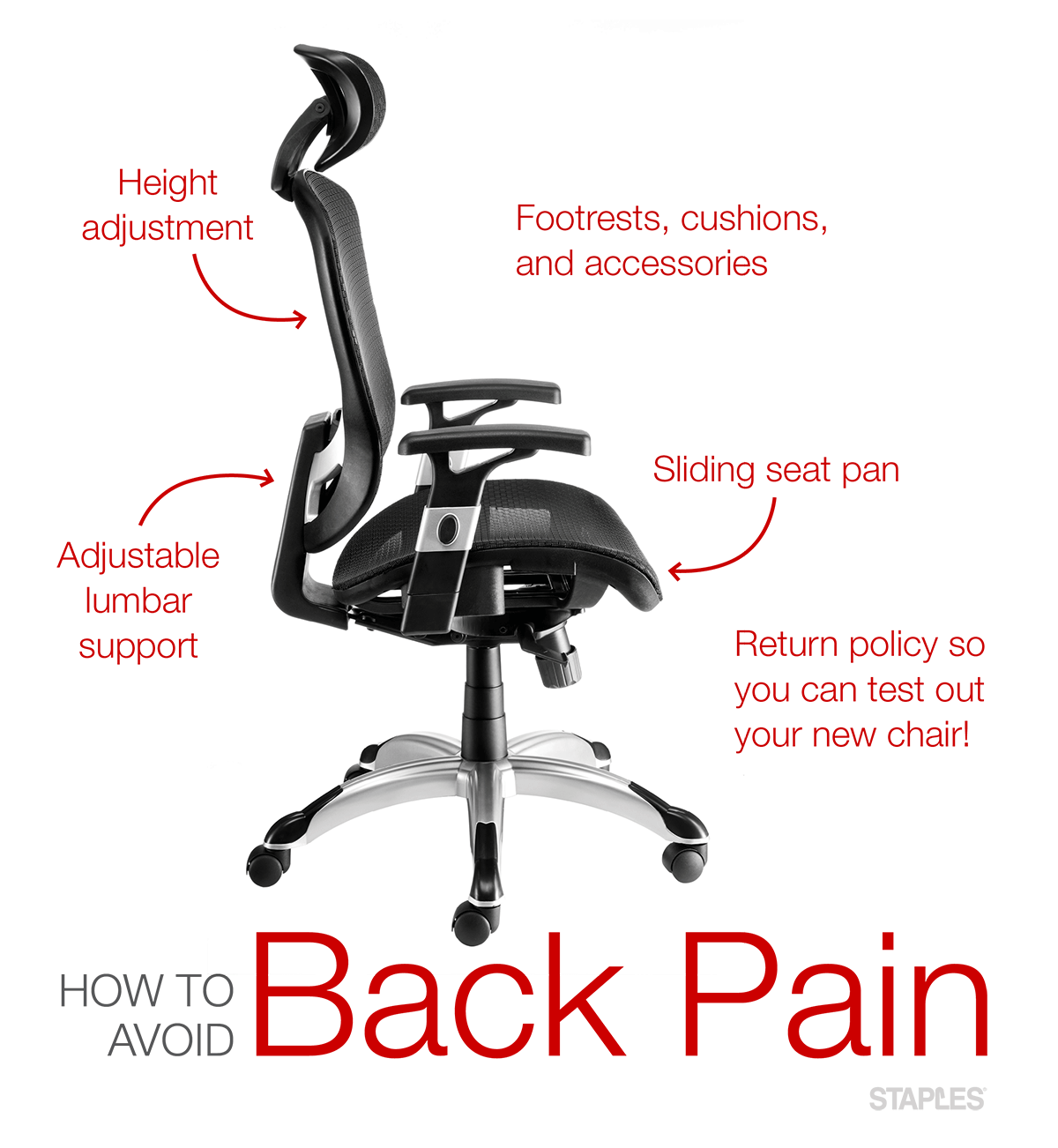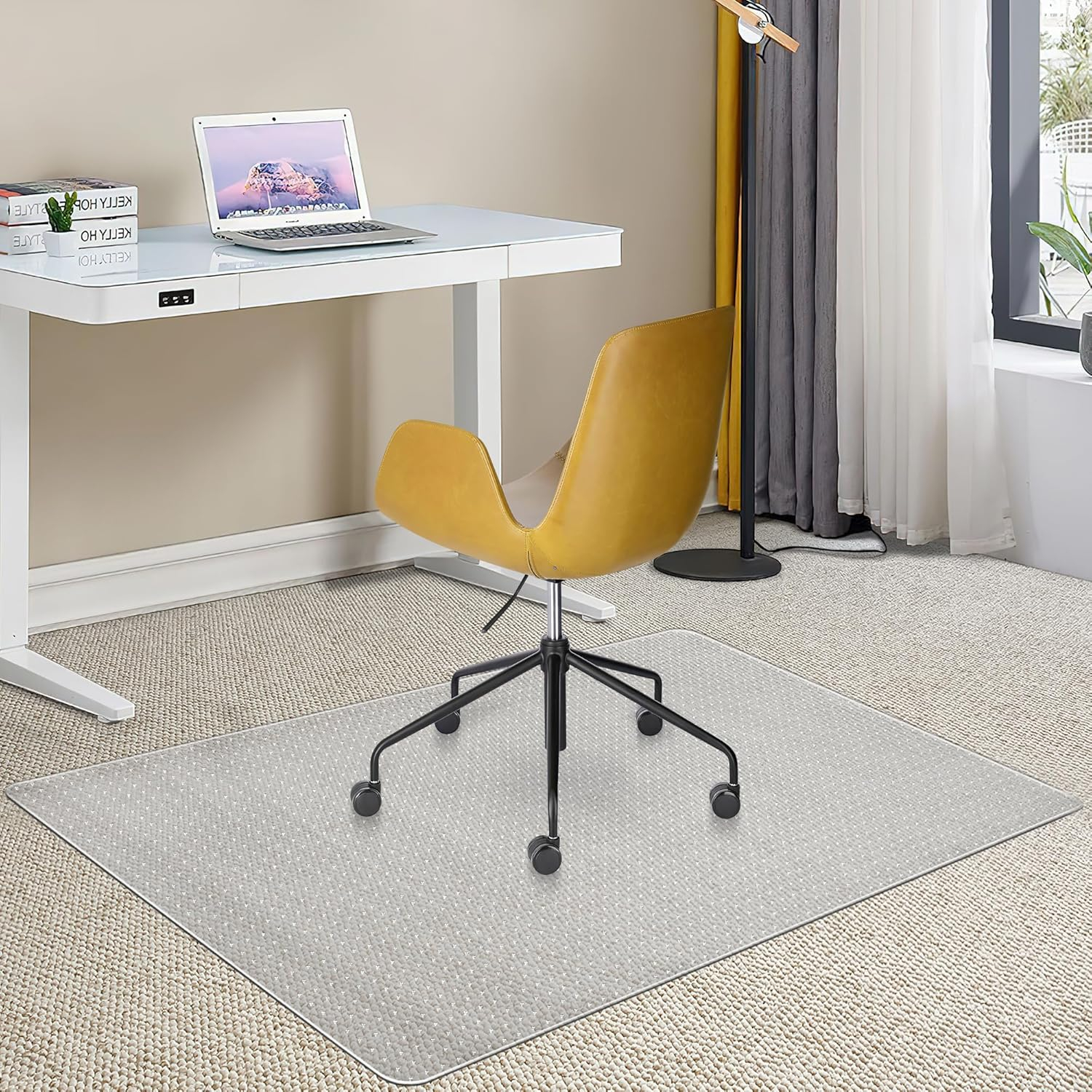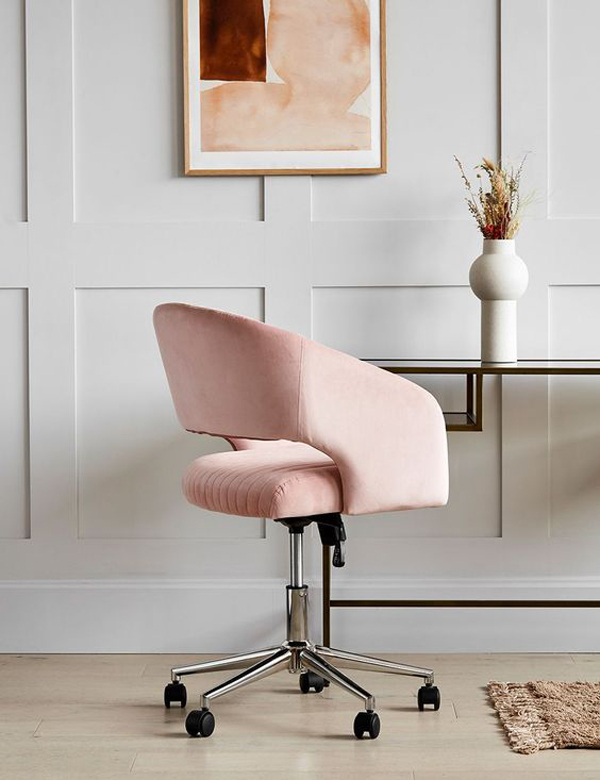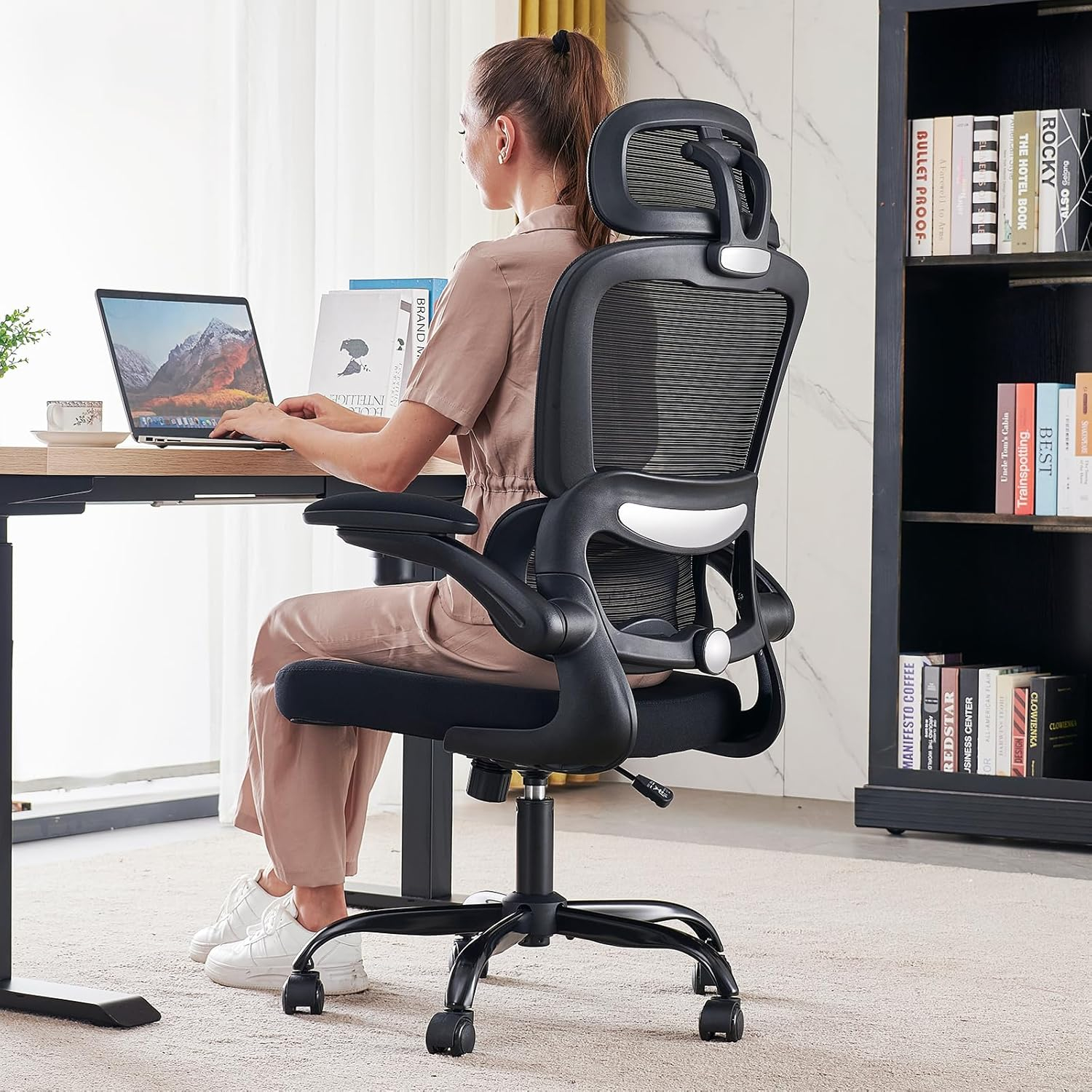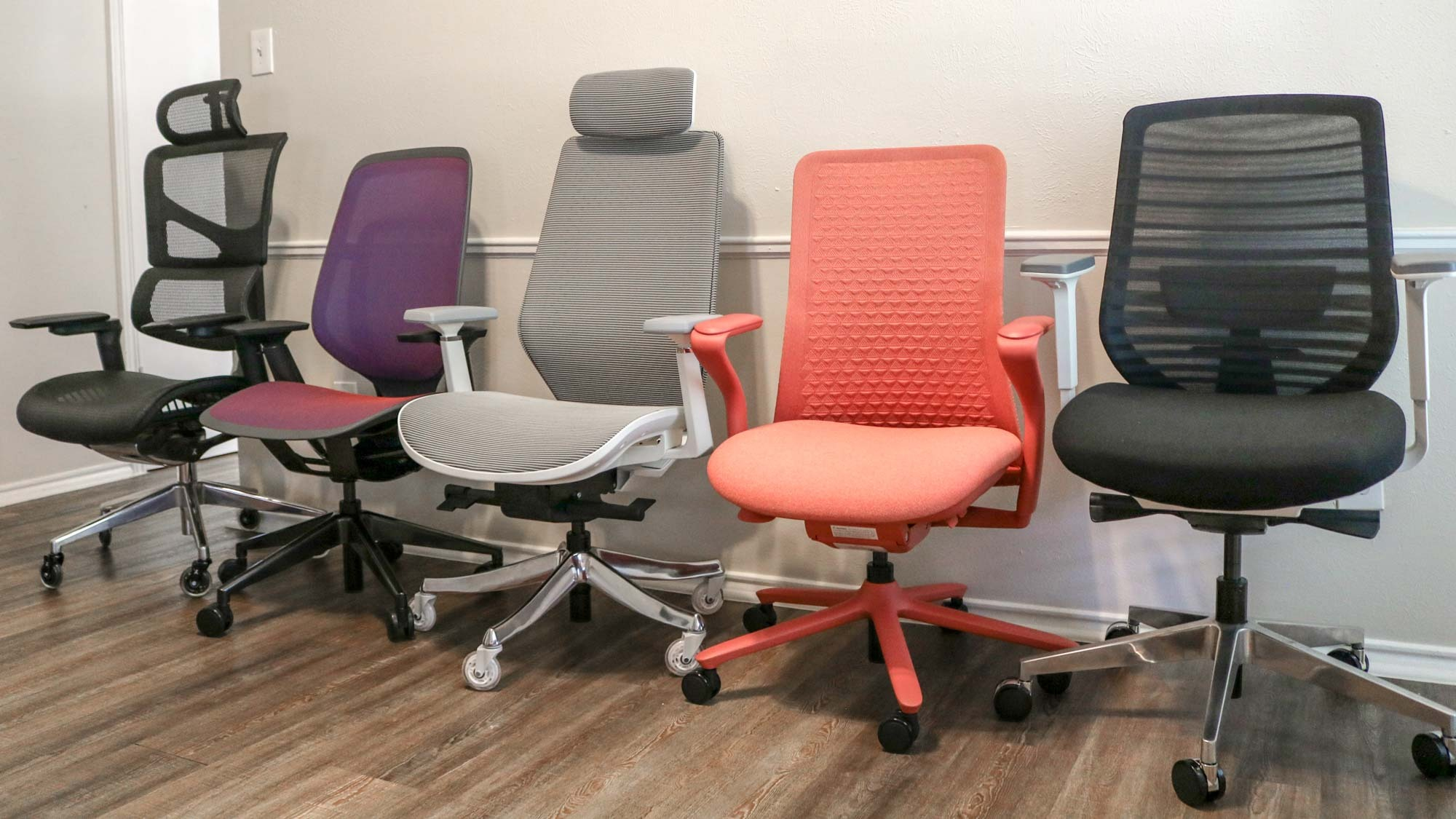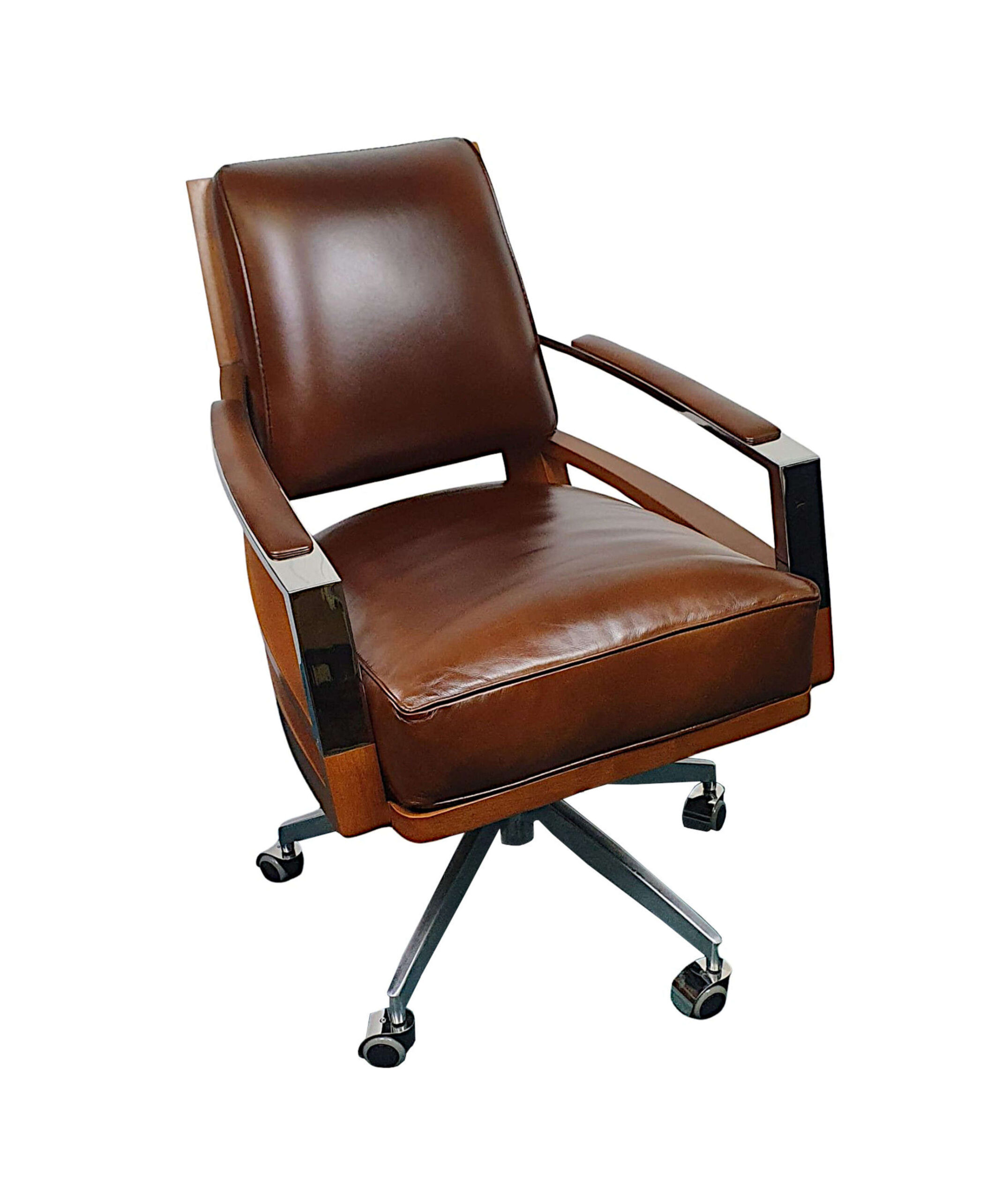We spend a huge chunk of our lives sitting. Think about it – commuting, working, relaxing. But that time spent in your office chair? It’s saying a lot more than you might realize about how much your workplace truly cares about your health and comfort. Let’s dive in and decode the silent messages your chair is sending.
Ever really looked at your office chair. I mean, really looked. Beyond the color, the fabric, or whether it squeaks. It’s funny, isn’t it, how something so fundamental to our daily work lives can go so unnoticed. Yet, this humble piece of furniture is a silent ambassador for your company’s dedication to your well-being. A good chair isn’t just about looking nice; it’s about supporting your body, preventing discomfort, and ultimately, boosting your productivity and overall health. So, what stories is your grey office chair whispering to you about workplace wellness.
Ergonomics: The Foundation of Comfort
Let’s start with the nitty-gritty: ergonomics. This is all about how well your chair is designed to fit your body and support good posture. Does it have adjustable height, so your feet can rest flat on the floor with your knees at a 90-degree angle. How about adjustable lumbar support. That’s the curve in your lower back. Without it, you’re likely slouching, which can lead to back pain down the road. A chair that encourages proper alignment is a huge win for your spine and can prevent a whole host of aches and pains. Think of it as a personal health coach for your back. Is yours up to the task. A chair that forces you into awkward positions is a red flag, plain and simple.
Material and Breathability: Staying Cool and Comfortable
The stuff your chair is made of matters. Is it a breathable mesh, allowing air to circulate and keep you from getting too hot and sticky. Or is it a solid, non-breathable material that traps heat. Over long periods, especially in warmer environments, a lack of breathability can lead to discomfort and even skin irritation. It might seem like a small detail, but feeling clammy and overheated certainly doesn’t scream ‘wellness.’ A good chair should help regulate your body temperature, not add to your discomfort. Consider the fabric – is it soft and supportive, or does it feel scratchy and cheap.
Adjustability: Customizing Your Sit
One size rarely fits all, especially when it comes to our bodies. The best office chairs offer a range of adjustments. We’ve touched on height and lumbar support, but what about armrests. Can they be moved up or down, forward or back, to support your arms and reduce strain on your shoulders and neck. How about the seat depth. Can it be adjusted so there’s a comfortable gap between the back of your knees and the edge of the seat. This customization is key. It means the chair can be tailored to you, not the other way around. A chair that can’t be adjusted is like wearing shoes that are two sizes too small – uncomfortable and potentially harmful in the long run.
Durability and Maintenance: A Sign of Investment
Take a peek at the condition of your chair. Are there rips in the fabric, wobbly parts, or a gas lift that’s lost its power. A company that invests in quality, durable chairs is likely to invest in its employees. Frequent replacements or chairs that fall apart quickly can indicate a lack of foresight and a disregard for the long-term comfort and health of the workforce. It suggests that employee well-being isn’t a top priority, and cost-cutting has taken precedence over comfort. Think about it: if the company can’t even maintain its chairs properly, what does that say about its approach to employee welfare.
Beyond the Chair: The Bigger Picture
It’s important to remember that your chair is just one piece of the puzzle. Workplace wellness is a much broader concept. It encompasses everything from a supportive company culture and opportunities for breaks to access to natural light and ergonomic workstations. However, the chair is a very tangible, daily reminder of how much a company values the physical comfort and health of its people. If your chair is comfortable and supportive, it’s a good indicator that other aspects of your work environment are likely well-considered too. Conversely, a consistently uncomfortable chair might be a symptom of a larger issue.
Actionable Tips for a Healthier Sit
So, what can you do if your chair isn’t the pinnacle of ergonomic design. First, speak up. Talk to your manager or HR department about your concerns. Sometimes, companies are unaware of the issues. Second, explore simple adjustments. Can you add a lumbar support cushion. Can you use a footrest. Even small changes can make a big difference. Third, take frequent breaks. Get up, stretch, and move around every 30-60 minutes. This helps to counteract the negative effects of prolonged sitting, no matter how good your chair is. And, if possible, advocate for better seating options for yourself and your colleagues. Your comfort and health are worth it.
Your grey office chair might seem ordinary, but it’s a powerful indicator of your workplace’s commitment to your health and comfort. From its ergonomic design to its material and adjustability, every aspect tells a story. By understanding what to look for, you can gain valuable insights into your work environment and even take steps to improve your own daily experience. Remember, a comfortable and supportive chair isn’t a luxury; it’s a necessity for a healthy and productive workday. Pay attention to what your chair is telling you. It might just be the first step towards a healthier, happier you at work.

